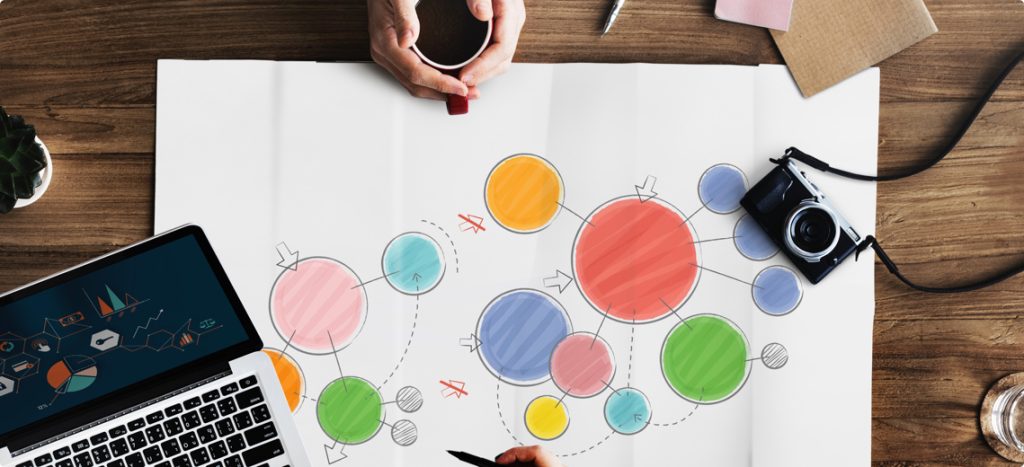Would you like to know the future? Would you like to know what is going to happen to your company in the next week, month or year? Seeing as you probably can’t see the future you could just use forecasting to help you.
Forecasting is required in many situations, as an illustration, deciding whether to open another shop requires forecast of future market demand; scheduling public transport requires forecasting traffic load and so on. Forecast can be required a few months, days or even minutes beforehand or several years in advance. Independently of the period or circumstances, forecasting is helpful for effective and efficient planning.
Some things are easier to forecast than others. The predictability of an event depends on several factors. For example, how much data is available or how well we understand factors that influence forecast is crucial because good forecasting includes patterns and relationships which exist in the historical data. A key step is knowing when something can be forecasted accurately. Forecasting tomorrow’s Euro jackpot numbers will be no better than tossing a coin.
For a business to operate efficiently, it needs some idea of what the future will look like. A forecast provides this look like a foundation upon which to plan. Short-term forecasts are needed for scheduling shifts, transportation or production. To determine future needs as buying equipment or hiring staff we need medium-term forecasts. Finally, in strategic planning, we use long-term forecasts. A common technique is to create multiple long-term forecasts using different scenarios with different variables, such as a best-case and worst-case.
The basic steps in a forecasting task:
- Identify the problem – it requires you to understand who needs the forecast and how the forecast will be used.
- Collect information – information that is always required are statistical data and the knowledge gathered by experts who collect the data and use the forecasts.
- Exploratory analysis – it’s good to start with visualizing the data. It can reveal if there were consistent patterns, trends or seasonality that can help choose the model that best fits the data. Often we compare multiple potential models and choose the best one.
- Choosing and fitting model – there is no one single model that works best. The best model to use depends on the availability of historical data.
- Using and evaluating a forecasting model – it is very important to compare forecasts with actual data. The performance of the model can be properly evaluated after the data for the forecast period become available.
- Today we find ourselves in a situation where forecasting provides a lot of useful information. There is an epidemic whose spread needs to be controlled. The healthcare system must be prepared for patients. These are situations where we can better prepare ourselves for action by following trends from other countries and historical data. The advantage is that with quality data, we can simulate scenarios using different variables and learn how to act to reduce consequences that the epidemic has. By doing so, we are thinking not only of controlling the spread of the COVID-19 but also of its effects on the economy. In this situation, medicine and business worlds can work together to maintain health and quality of life using the data we have collected over time.
A basic example of forecasting the number of total cases and total recovered from Covid-19 using an exponential smoothing model is shown on the link.
Note: The forecast model uses currently available data based only on the number of total cases and total recovered. It was made just for illustration of forecasting models and it’s not intended to monitor and predict epidemic behavior. We will not update the numbers.
Converge all of your data sources into a polyglot platform capable of providing every insight about your business! Get in touch!
Photo by Chris Liverani on Unsplash

